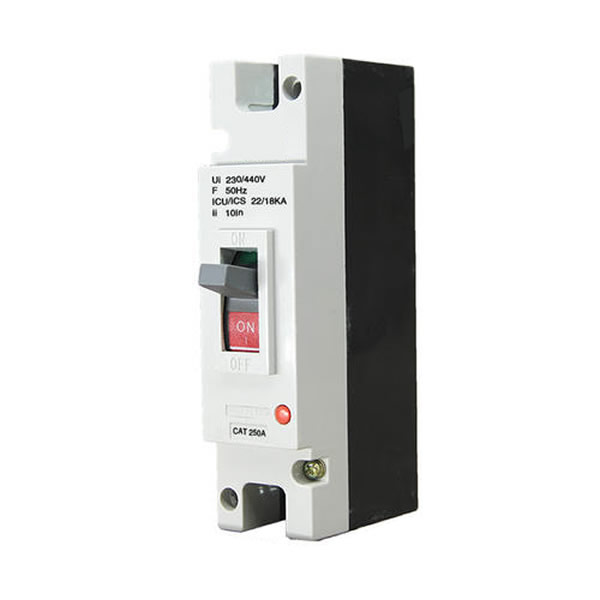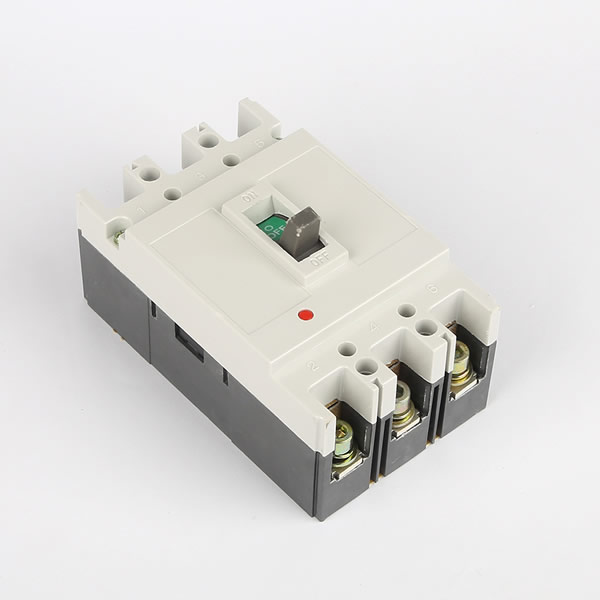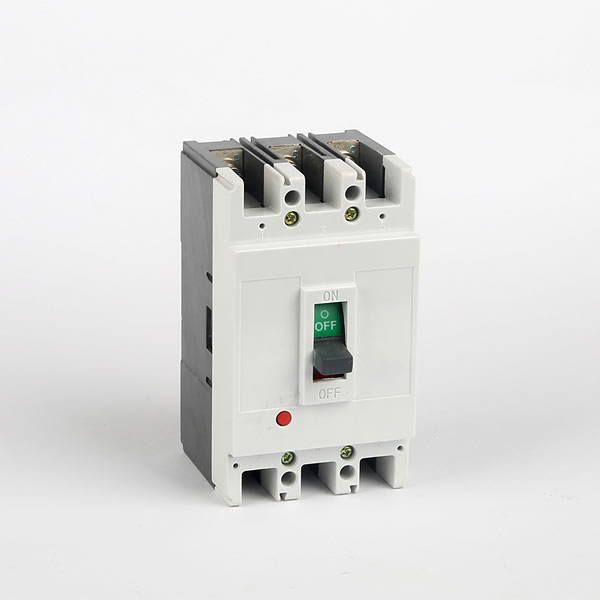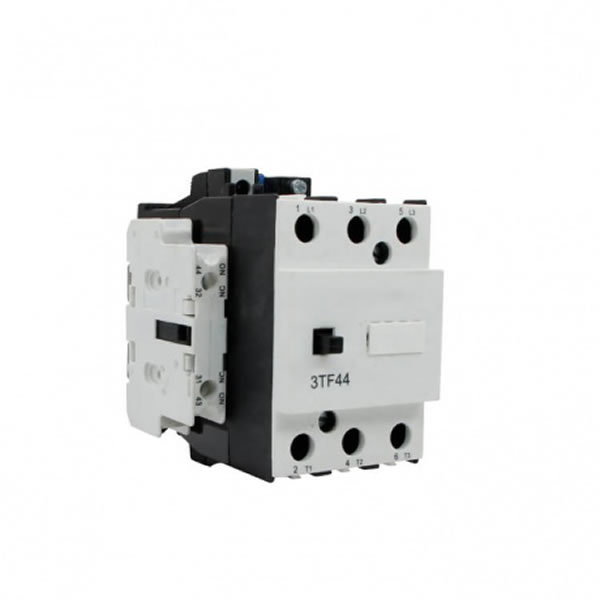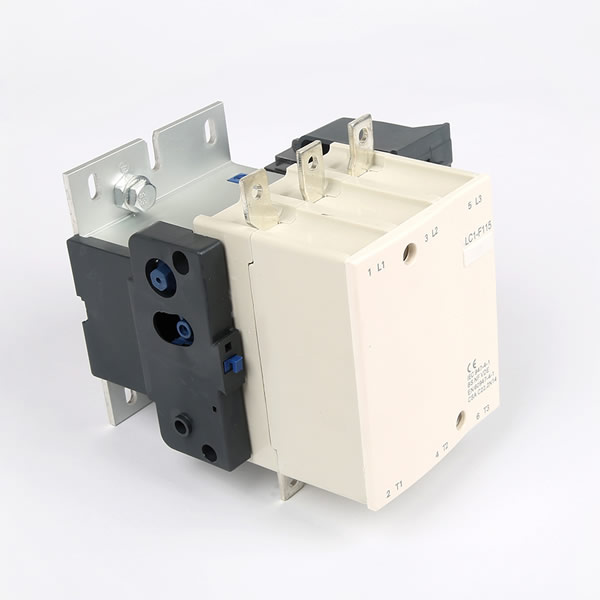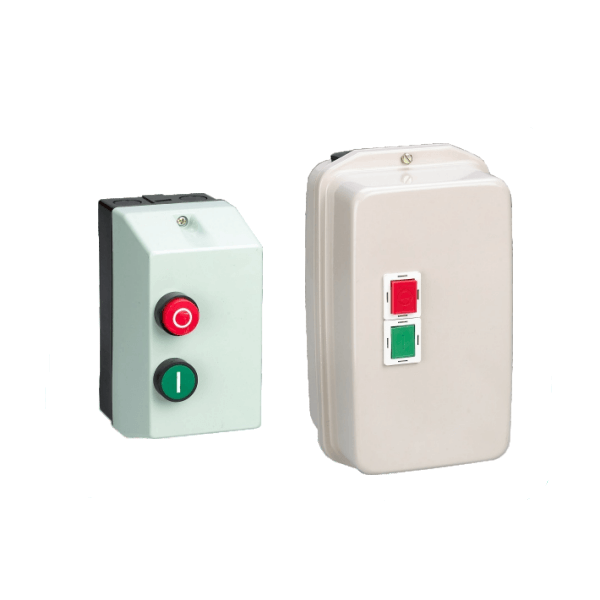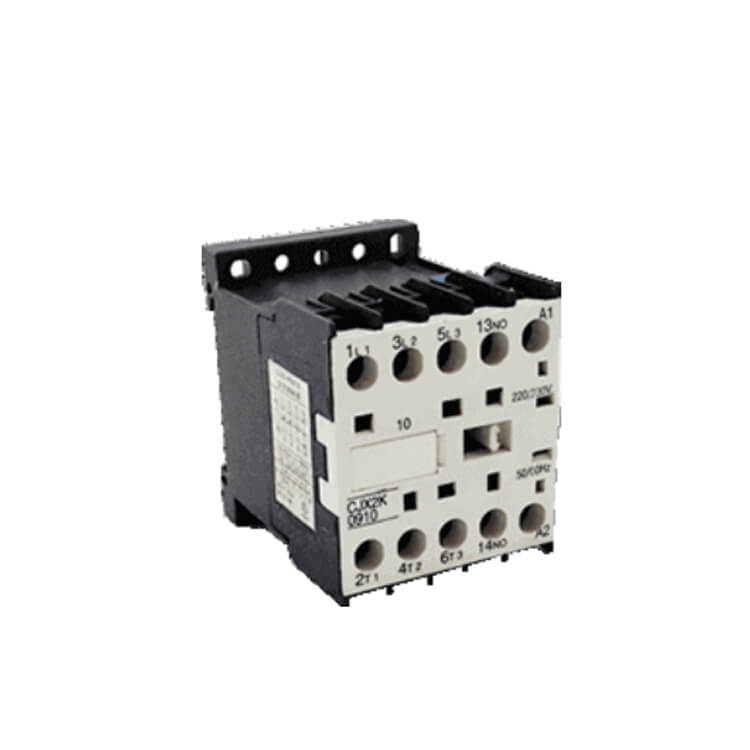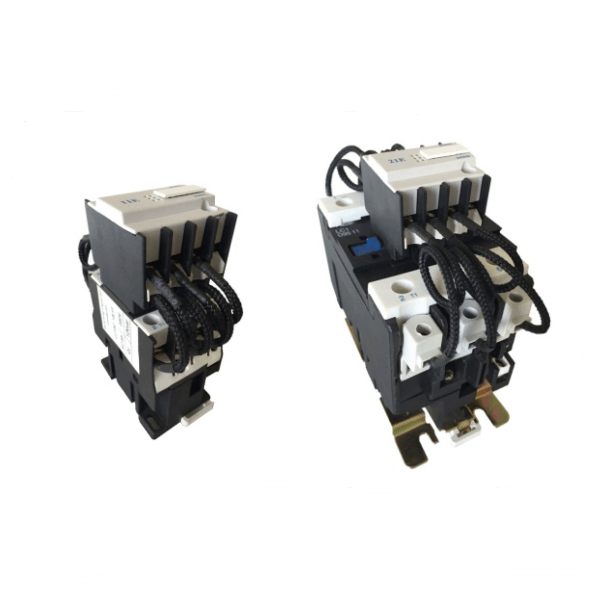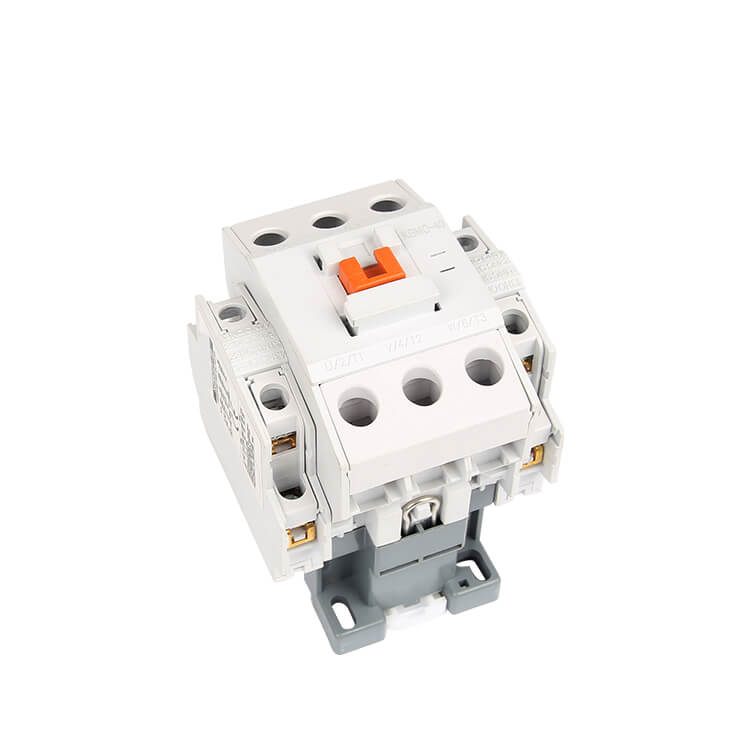Explain the main structure and working principle of AC contactor in detail
The common AC contactors in industrial production are divided into AC and DC. According to the regulations of production and manufacture, they can be connected to or disconnected from the switching power supply of the main control circuit by high-frequency manual or full-automatic, and the key is to control the starting and ending of the motor. There are many types of contactors from different manufacturers, and the electric flow range of the main contact is mostly within 5 ~ 1000A.
1. Construction of AC contactor
The key of AC contactor is composed of coil, iron core (static iron core), streamline coil (dynamic iron core), main contact and auxiliary contact. The iron core is made of ferrite core, which is folded into two "mountain" shape, covered with coils and put into short circuit fault ring. The working voltage of the coil can be divided into 220 V or 380 V, which should be seen clearly when wiring. The main contact of AC contactor is on-off contact, and the auxiliary contact is on-off contact and normally closed contact. The main circuit is operated according to the main contact, and the auxiliary contact is used to turn on and off the start stop control circuit.
2. Principle of AC contactor
When the coil is connected to the power supply, it will cause electromagnetic field, and the static iron core will cause magnetic force to attract the moving iron core, and then push the contact posture. At this time, the main contact is closed and connected to the switching power supply; in the auxiliary contact, the closed contact is often broken and the open and close contacts are closed.
When the coil turns off the power supply, the electromagnetic field and magnetic force will subside, and the moving iron core will be calibrated under the function of releasing the spring yellow to restore the contact. At this time, the main contact will be broken and the switching power supply will be disconnected. In the auxiliary contact, the normally open contact is broken and the normally closed contact is closed.
3. Arc extinguishing equipment of AC contactor
Generally, the main contact of AC contactor over 20A shall be modified with arc extinguishing equipment. When the AC contactor disconnects the high current or high voltage control circuit, it will cause strong arc in the middle of the acoustic circuit breaker. Arc will not only burn the circuit breaker, reduce the service life of the circuit breaker, but also increase the disconnection time of the power circuit, and even lead to electro-optic short circuit fault or safety accident.
The higher the working voltage, the greater the current and the higher the temperature of the arc zone, the stronger the arc will be. In low voltage apparatus, the electric arc extinguishing with double fracture surface, longitudinal seam arc extinguishing and grid arc extinguishing are generally adopted, which is convenient for lengthening arc, cooling arc or dividing arc into several sections to promote arc extinguishing as soon as possible.
4. Difference between AC contactor and DC contactor
4.1 core
The iron core of AC contactor is composed of ferrite core piece by piece, in order to reduce the core vortex and hysteresis loss. In addition, in order to avoid electromagnetic induction release at the moment when AC current passes zero, a short-circuit fault ring is placed in the iron core.
There is no vortex in the core of DC contactor, so the overall core is selected, which is generally made of mild steel or industrial pure iron.
4.2 coil
The coil turns of AC contactor are small, the current is large, and the diameter of cable is thick.
The coil of DC contactor is long and thin, and the number of coil turns is very large.
4.3 adverse effects of wrong insertion of AC contactor
Incorrect connection of AC contactor and DC contactor, such as DC power supply connected to AC contactor, may cause coil damage.
If AC current is connected to DC contactor, AC contactor may not be able to close.
In addition, the principle of AC contactor is the same as that of DC contactor.
